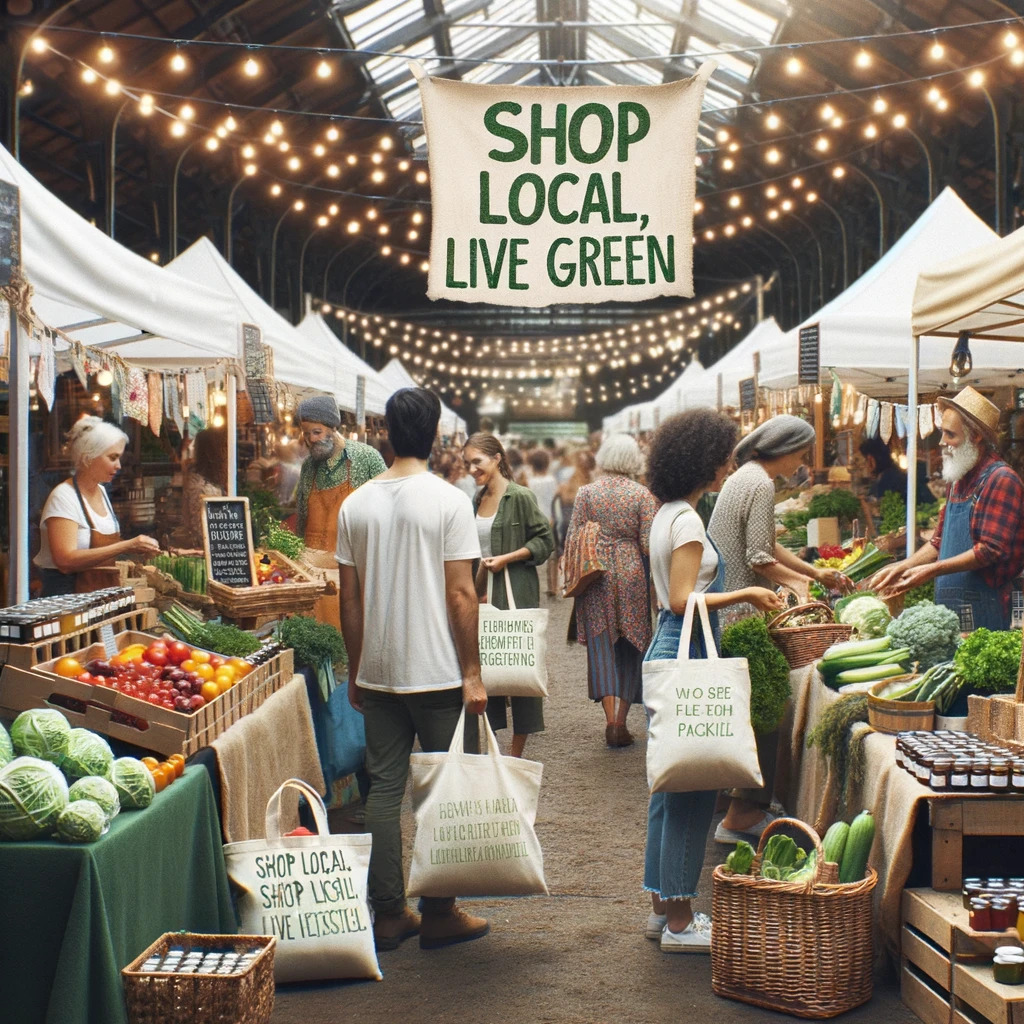As global environmental challenges rise, many individuals and communities are searching for ways to reduce their ecological footprint. By adopting sustainable lifestyles, we not only protect our planet but also pave the way for a healthier and more harmonious life. But what does an ideal sustainable lifestyle look like? Let’s delve into the components that make up this eco-conscious existence.

What is an Ideal Sustainable Lifestyle?
An ideal sustainable lifestyle is one that balances the needs of the present without compromising the well-being of future generations. It focuses on minimizing waste, maximizing resource efficiency, and fostering harmony between humans and the environment. This lifestyle integrates the following core elements:
- Mindful Consumption
- Low-Impact Travel
- Green Home Living
- Local and Organic Food Choices
- Community Engagement
Mindful Consumption
- Definition: Conscious decision-making about what to purchase, ensuring items are durable, eco-friendly, and ethically produced.
- Practical Tips: Prioritize quality over quantity. Choose products with minimal packaging, and consider the longevity and reparability of items before purchasing.
Low-Impact Travel
- Definition: Reducing the environmental impact of transportation.
- Practical Tips: Use public transport, carpool, or bike instead of driving alone. For longer trips, consider trains over planes, or offset your carbon footprint through credible programs.
Green Home Living
- Definition: Creating a living space that uses resources efficiently and minimizes waste.
- Practical Tips: Invest in energy-efficient appliances, harvest rainwater, use compostable waste systems, and opt for natural cleaning products.
Local and Organic Food Choices
- Definition: Choosing foods that are produced without harmful pesticides and are sourced locally, reducing transportation emissions.
- Practical Tips: Shop at local farmers’ markets, grow your own produce, and reduce meat consumption as livestock farming has a substantial environmental impact.
Community Engagement
- Definition: Collaborating with local communities to create sustainable solutions and raise environmental awareness.
- Practical Tips: Participate in community clean-up events, join or support local environmental groups, and advocate for sustainable policies in your region.
The Broader Benefits of a Sustainable Lifestyle
Beyond the immediate environmental benefits, a sustainable lifestyle also offers:
- Health Improvements: Organic foods, reduced exposure to chemicals, and increased physical activity lead to better health.
- Economic Savings: Using resources efficiently and minimizing waste can lead to significant savings over time.
- Enhanced Well-being: Connecting with nature, communities, and adopting mindful practices contribute to improved mental well-being.
Paving the Way Forward: Challenges and Solutions
While the path to sustainability is clear, it isn’t without hurdles:
- Challenge: Overcoming the convenience of unsustainable options.
- Solution: Planning ahead, such as carrying reusable bags or bottles and meal-prepping with organic ingredients.
- Challenge: The perceived high cost of sustainable products.
- Solution: Focus on long-term benefits. Sustainable products often last longer, leading to savings in the long run.
Conclusion
Embracing an ideal sustainable lifestyle isn’t just about protecting the environment—it’s a holistic approach that improves quality of life, health, and community bonds. As we navigate the 21st century, sustainability isn’t just a choice; it’s a necessity. Through awareness, action, and community collaboration, we can craft a brighter, greener future for all.
1 thought on “Crafting the Future: The Blueprint for an Ideal Sustainable Lifestyle”